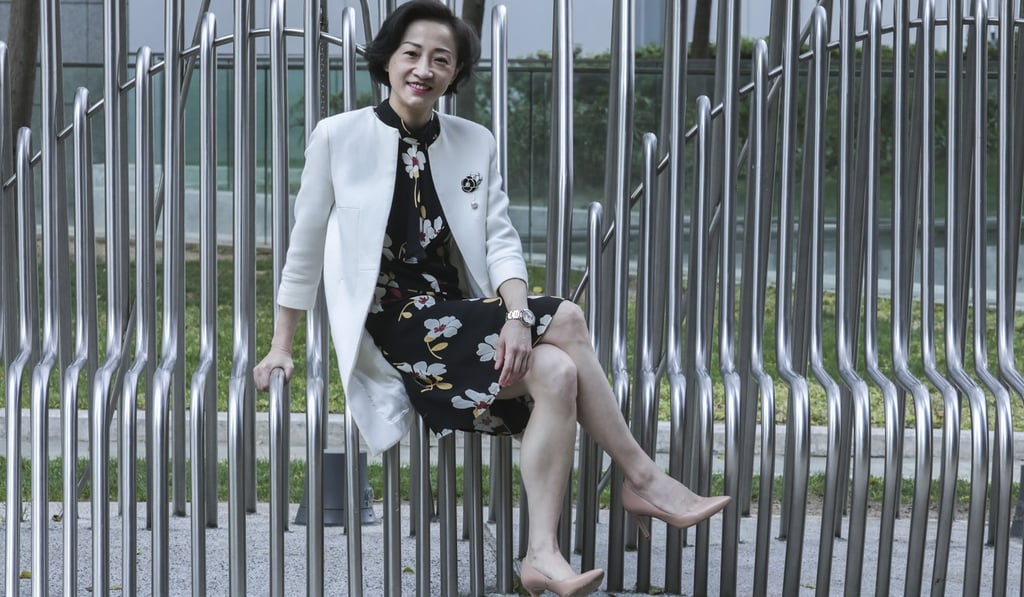What Hong Kong can do to help women in work
While the city’s labour force is increasingly female, and professional workers report some progress at the top of society, boardrooms are still mostly male, and poorer women are shackled by childcare

As a woman in Hong Kong’s male-dominated political arena, legislator Tanya Chan believes feminism isn’t just a women’s issue, but also about empowering people affected by other prejudices and social barriers.
How does Hong Kong compare with Europe when it comes to women-friendly workplaces?
She says that, although she does not experience sexism personally in politics, many other women in Hong Kong continue to face barriers when trying to get ahead, with unequal pay and male-dominated boardrooms the most pressing issues.
To me, feminism is not only about women’s rights, but also fighting for the rights of every minority
“I just assumed [when entering the working world] that everyone would treat everyone equally,” she says. “But, of course in reality that’s not always the case.
“To me, feminism is not only about women’s rights, but also fighting for the rights of every minority.”
Ahead of International Women’s Day on March 8, advocates say they doubt Hong Kong can become an entirely women-friendly society, although the city is doing a better job than many others in the region.
